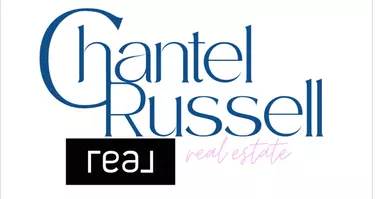
Is Inventory Getting Back To Normal?
After years of it feeling almost impossible to find a home you want to buy, things are changing for the better. Nationally, inventory is growing, and that gives you more options for your move. But here’s what you need to know. That level of growth is going to vary based on where you live. And that’s

The Five-Year Rule for Home Price Perspective
Headlines are saying home prices are starting to dip in some markets. And if you’re beginning to second guess your plans based on what you’re hearing in the media, here’s what you need to know.It's true that a few metros are seeing slight price drops. But don't let that overshadow this simple truth.

Buying Your First Home? FHA Loans Can Help
If you’re a first-time homebuyer, you might feel like the odds are stacked against you in today’s market. But there are resources and programs out there that can help – if you know where to look. And one thing that can make homeownership easier to achieve? An FHA home loan.They’re designed to help y

New Construction Home in Kyle, Texas!
🏡 Looking for a stylish, move-in ready home in Kyle, Texas? Join me on a full walk-through of the Heidi floor plan by Chesmar Homes, located in the beautiful 6 Creeks master-planned community. With a huge price reduction, this new construction home is a must-see for buyers looking for value and mo
Categories
Recent Posts










